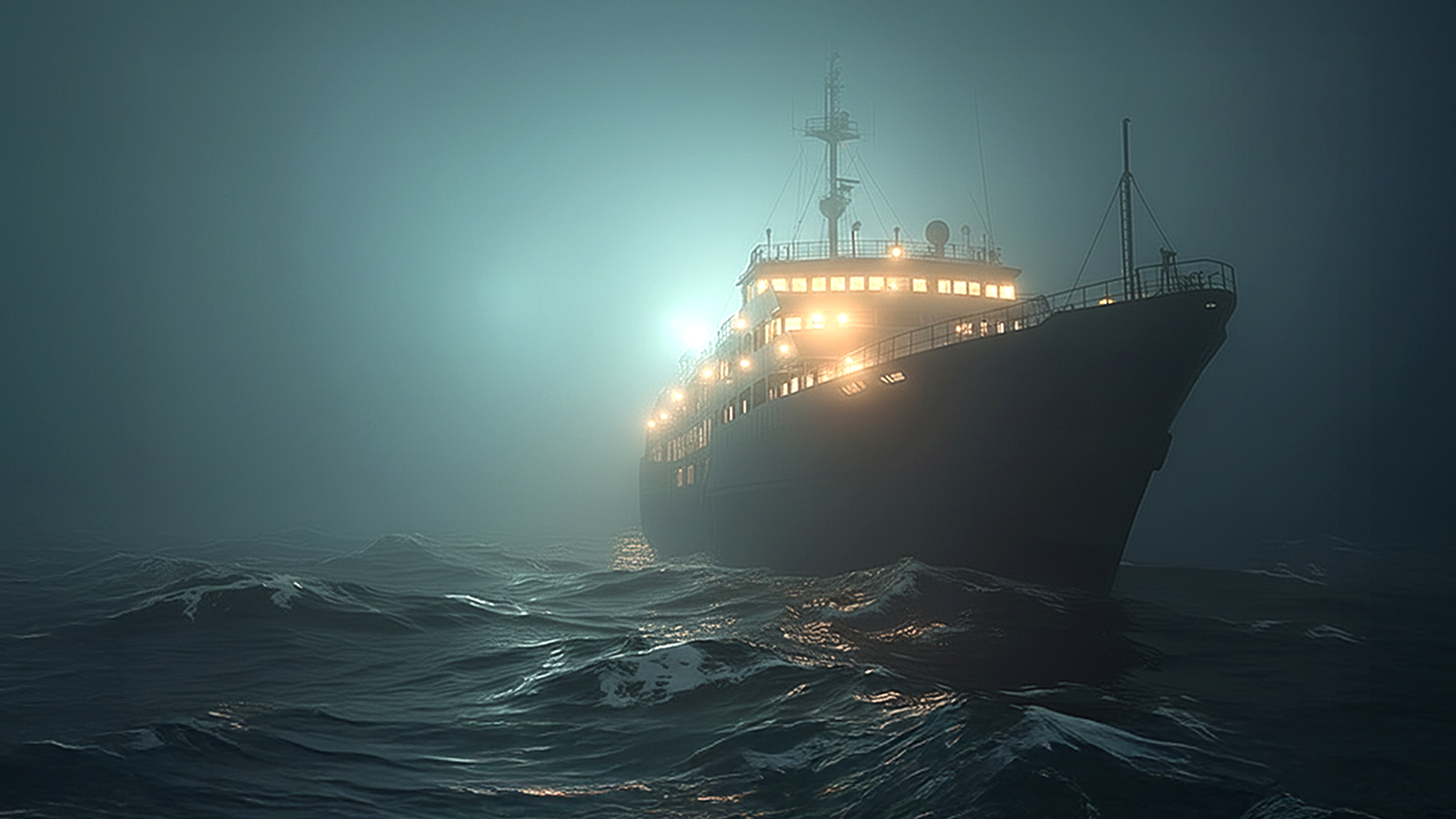How to develop a sonic identity: 4 expert tips
Practical advice for getting started with sonic branding.

Adopting a sound-first strategy is more than simply a fad; it's a calculated move that gives brands a competitive edge in the modern marketplace. As the world grows increasingly sound-focused, it’s time for brands to reconsider their marketing strategies by implementing sound-first design, that's everything from the best audio logos down to unique sound experiences that help people connect with a brand.
By integrating sound from the start and aligning it with your brand’s core, you create a cohesive and memorable experience, boosting consumer engagement and strengthening emotional connections. For more about sonic branding, see my piece on why sonic branding is important, which includes some of my favourite sonic examples.
But if you want to incorporate sound into a brand's identity, read on for my tips. Building a brand around sound might be unusual for traditionally visual-first creatives, but it follows a similar process.
01. Understand your brand
First you start with understanding the core essence of your brand. For example, ING Bank pays homage to its mascot with a soundscape featuring a lion’s roar mixed with funky drums and horns. Philips’ sonic brand draws from its origins with lightbulbs. 'The Philips Instrument' became a bespoke musical instrument that draws on a bank of original sounds created from the human body and captured from playing with lightbulbs.
02. Develop a music strategy
Once your brand DNA is clear, you develop a comprehensive music strategy that interprets market insights to resonate with target audiences and attract new, loyal customers. For example, younger generations may connect more with certain artists or communities rather than specific genres. The right sonic choices can bring brands closer to these consumers by meeting them where they are.
03. Consider accessibility
Another consideration is making your brand accessible. Think about how to include people with vision impairments in brand experiences. This could involve tactile elements like vibrating seats at events or providing audio descriptions to help users engage with their surroundings.
04. Align with visual identity
Finally, once your sound is crafted, be sure to align your visual identity with the audio. Consider how the pitch, tone and genre inspires your visual elements like colours, fonts and logos. Consistency is key across all brand platforms.
Daily design news, reviews, how-tos and more, as picked by the editors.
For more fantastic branding, see the winners of the Brand Impact Awards 2024.

Currently serving as the Head of Partnerships at MassiveMusic HQ in Amsterdam, Sacha brings a unique blend of expertise in both music and marketing/ communications to the table. His musical journey began at the age of six when he got his first guitar, and he later went on to pursue a degree in brand communication, specialising in sonic branding. During his time at MassiveMusic, he has developed a broad range of global partnerships with some of the world's most iconic brands, including Nutella, Booking.com, ASML, ING, UEFA, and AkzoNobel, among others. With his extensive experience in both music and branding, Sacha has a unique ability to understand and fulfil the needs of his clients.
